A great video is not just about the directing, performances, story, or editing, but it is also about the way it is shot. When you want to have the best video for your company, you will need to be creative and knowledgeable when it comes to coming up with effective ways to film different types of videos. While most video production professionals are already aware of how important cinematography is, it is still important for everyone else to understand the fundamental parts of it. This article will cover the 8 crucial cinematography elements that you should learn.
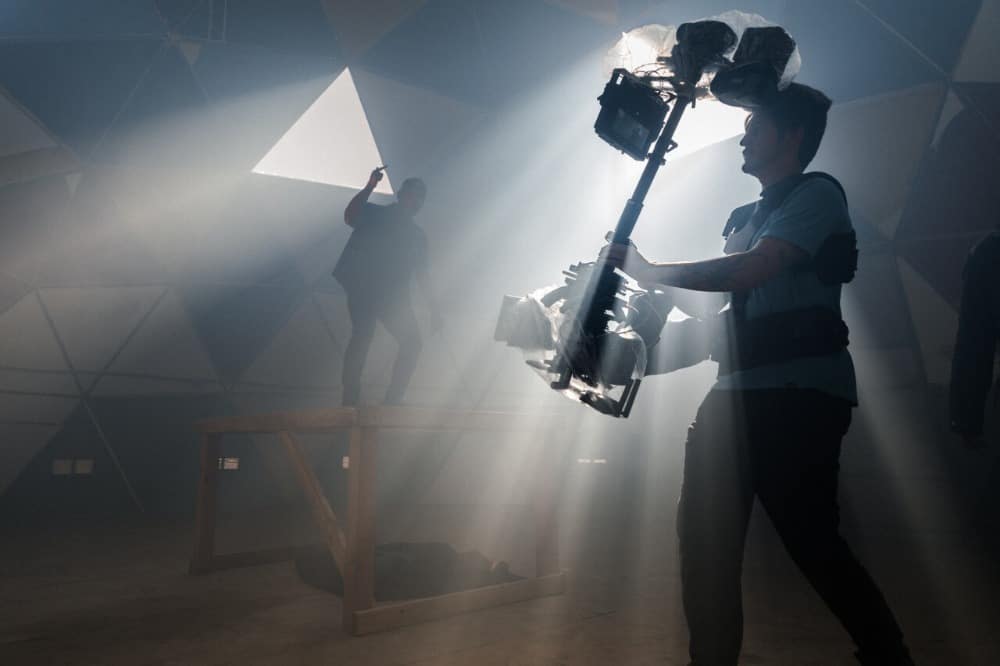
8 Crucial Cinematography Elements You Should Learn
1. Composition

Composition refers to how elements in a scene are visually arranged in a camera frame. This composition is important for a video because a specific arrangement of visual elements can convey messages to the viewers.
Cinematographers pay a lot of attention to how characters are moving throughout a scene and think of ways to adjust the position of the camera accordingly.
When characters are moving through the frame, it is best to make the shots look more dynamic instead of following them from left to right. Diagonal and unconventional movements can help add depth to a scene.
Mastering blocking and staging help you create more dynamic and compelling frames even when the characters aren’t always moving from spot to spot.
2. Exposure
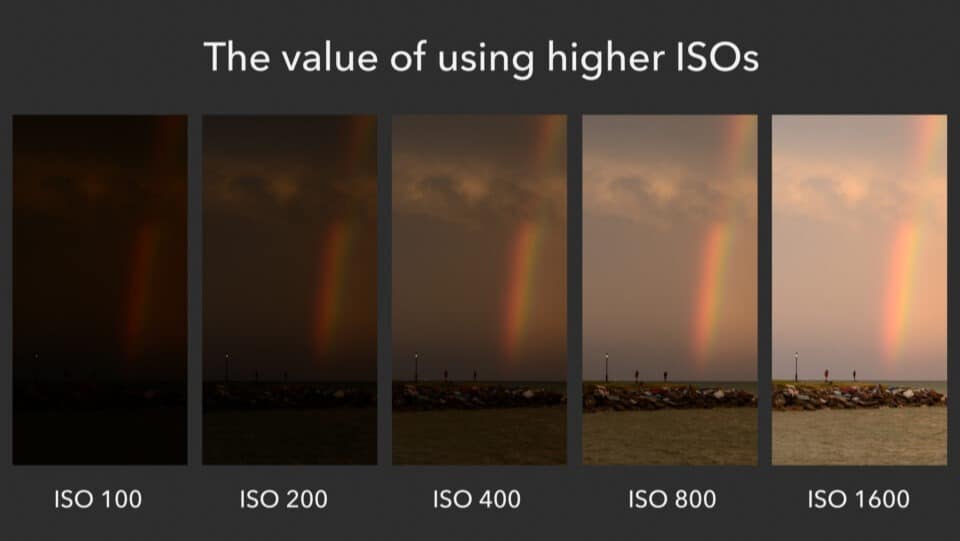
Exposure is one of the most crucial elements in photography and cinematography. It is the amount of brightness or darkness that you can allow on your photograph using your camera.
When you expose the camera to light, your photo will be lighter and if you expose your camera to less light, the photo will look darker.
You can manually adjust the camera’s exposure by changing three important settings which are the ISO, aperture, and shutter speed.
ISO refers to how sensitive your camera is to light, aperture refers to the amount of light the lens can let through, and shutter speed refers to the amount of time the light can get through.
3. Lighting
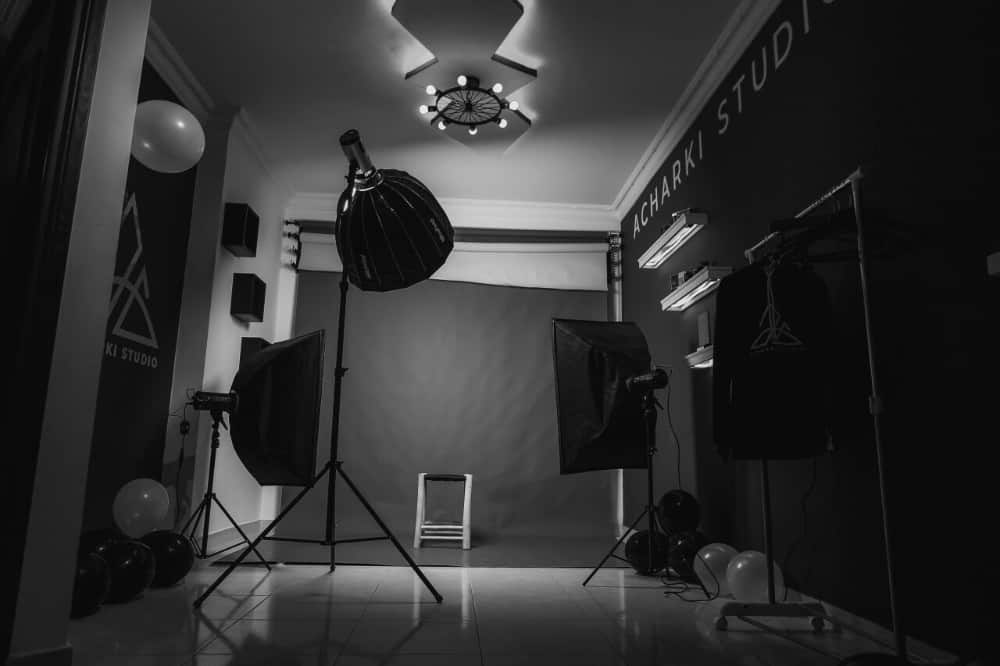
While lighting can be covered and operated by a separate team, it is still one of the most important elements for cinematography since cinematography covers everything that we see on-screen.
How good a frame will look will also be highly dependent on how effective and appropriate the lighting will be. One of the most commonly used setups for lighting is 3-point lighting consists of 3 lights: key light, fill light, and backlight.
Key lights are your main lighting point, fill lights are used to fill the frame and are located opposite the key light, and backlights are used to offset the flattening of the dimensions caused by the previous two lights.
If you want a more unique approach to lighting, you can use different sources and even different colours of light to match the emotion of the frame and scene.
4. Shot type or size

The shot type or shot size is another important cinematography element you should note when setting up the frame for each scene.
The shot type or shot size can also refer to the cinematography techniques you want to use like long shots, medium shots, or close-up shots.
Knowing how large or how small you want your subject and background to be is crucial in figuring out what approach you want to use for your cinematography.
5. Camera angles
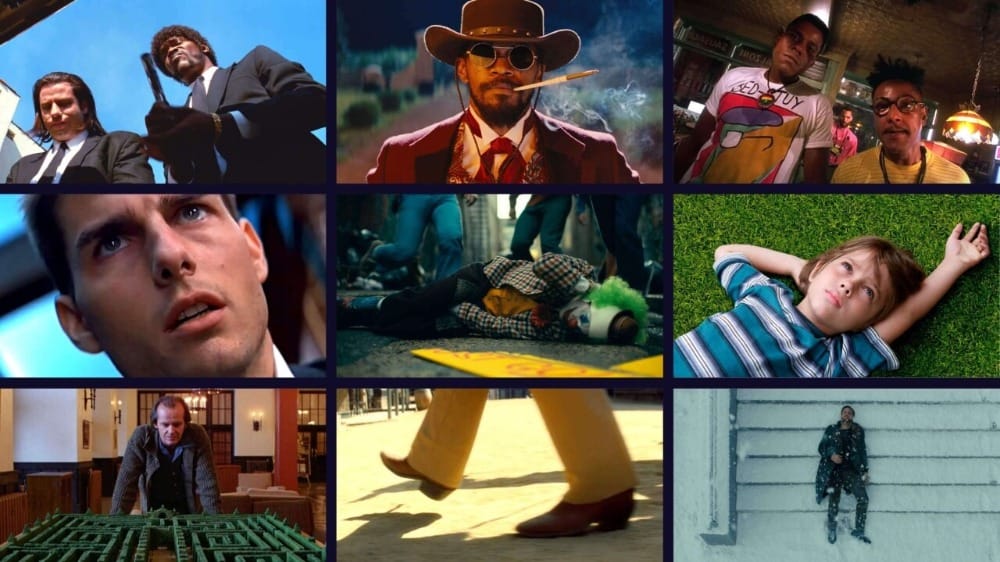
Another important cinematography element is the way you make use of camera angles in your shots. Even slight changes in the camera angle can create camera motions that will inform viewers about the characters or the narrative.
For example, you can have a drone shot from a bird’s eye view which allows you to establish that the characters are entering a large location. Another example is tilting up beginning from a character’s feet until it goes up to their head to emphasise their height.
Having the right amount of variety in the way you incorporate camera angles can make for more entertaining and unique shots in your video.
6. Camera movement
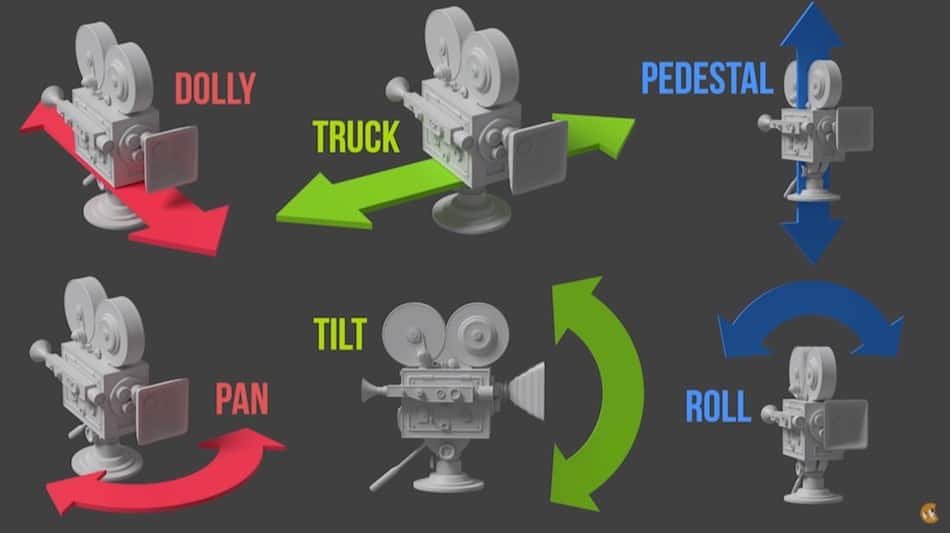
The characters in your video will not be the only things that will be moving during a scene. To add more variety and more creativity to your shots, you have the option of utilising camera movement to make scenes look more dynamic.
Nowadays, it is a lot easier to move the camera in creative ways without having to rely on expensive equipment or strategically hiding your crew.
Some examples of camera movements you can use are the dolly zoom, a whip pan, and the long take. Dolly zooms are when a camera moves away or towards a subject while its lens zooms in the opposite direction for an uneasy looking shot.
Whip pans are made when you shoot two shots separately but combine them using blurred footage with a whip motion so that it transitions seamlessly. Long takes or tracking shots will make the camera follow a subject for a large amount of time to make for a more extended scene.
7. Camera focus
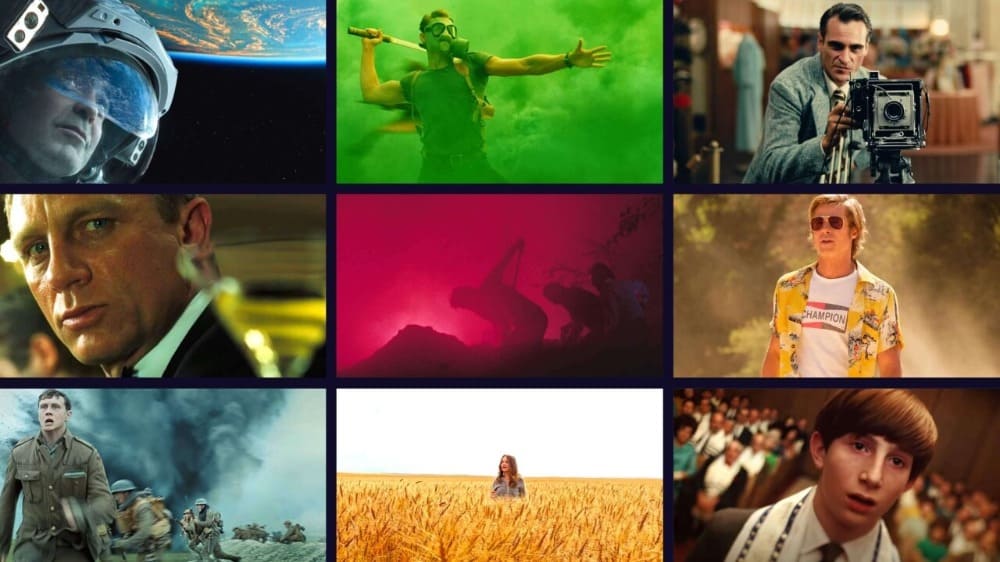
An important element that directors and cinematographers look at in cinematography is the camera focus. You can play with the focus to highlight different aspects of a story.
For example, for a character that has a hard time reading words from afar, you can go out of focus so that the viewer can also experience the same problem the character is experiencing.
Some examples of camera focus are deep focus, shallow focus, and soft focus. Deep focus lets viewers see everything all at once while you can use a shallow focus to isolate a specific subject in a frame. Soft focus has nothing in focus which makes for dreamy or unreal looking shots.
8. Colour
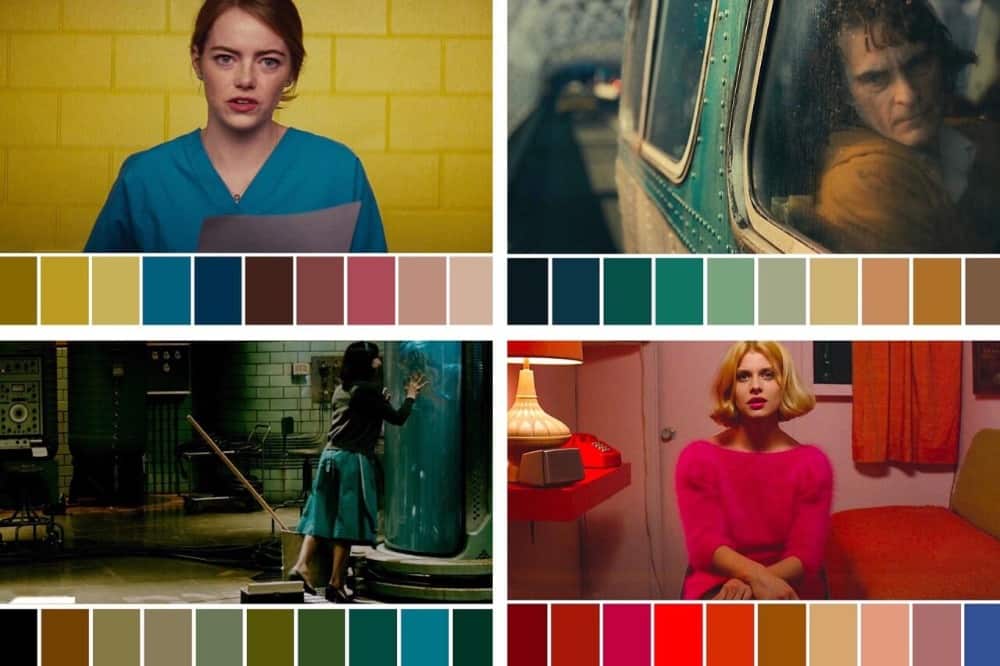
While this may not be immediately known, colour plays a huge part and is a crucial element of cinematography. While some decisions regarding colour can be made by set or costume designers, cinematographers get to decide the way that colour shows up on camera.
To properly apply the colour that you want for your shots, you will need to consider the colour temperature. Different types of lights give off different colour temperatures so that is important to take note of as well.
Higher colour temperature will give off an image with more of a blue tint while a lower colour temperature will produce an image with a more orange hue.
When designing the shots in your video, always consider how the colours of the clothing interact with the background items and environment. If they pop out or blend in excessively, you can adjust the camera’s colour settings to see if it makes everything look better.
If you need any help in creating high-quality videos for your company, then our team at fewStones can help you out. With fewStones, you will work with experts in video production who will make sure that your video will make the most out of the different cinematography elements.
Learn more about the different cinematography elements your video should incorporate by taking a look at our live action videos services. You can get a free instant quote on all of our video production services by clicking here.
Related articles:

